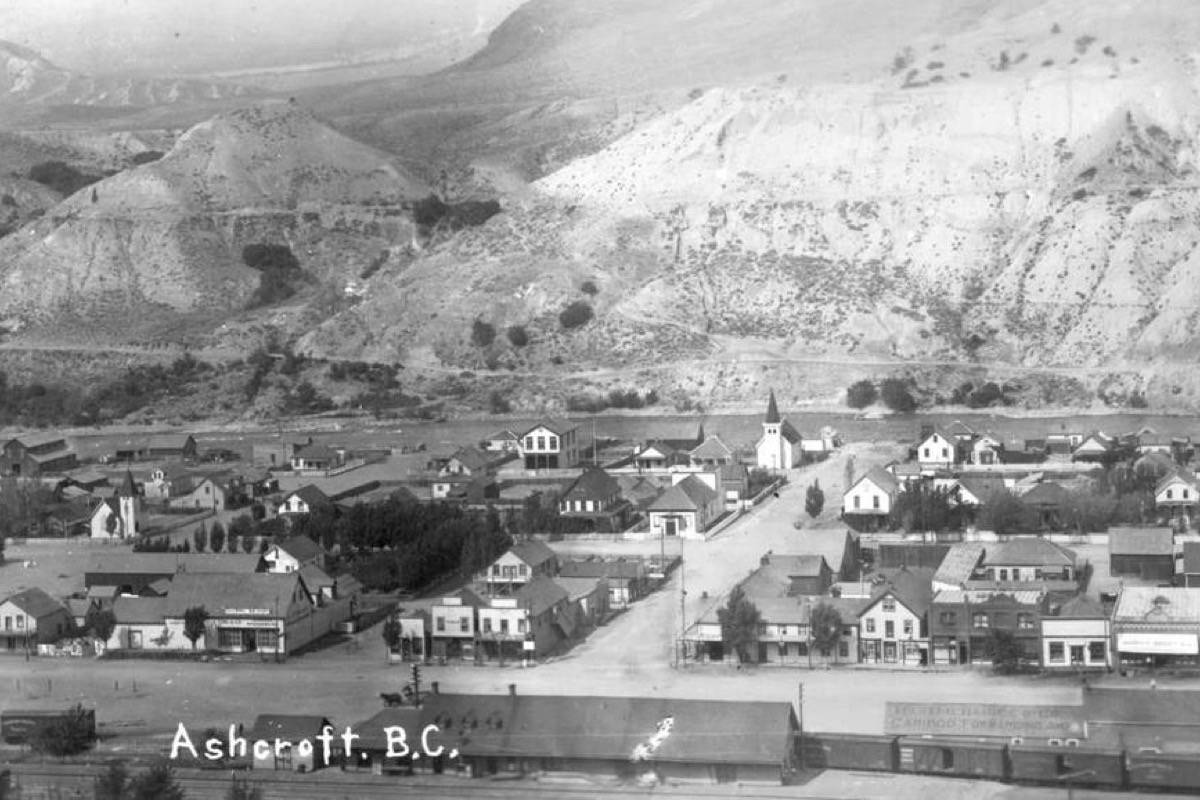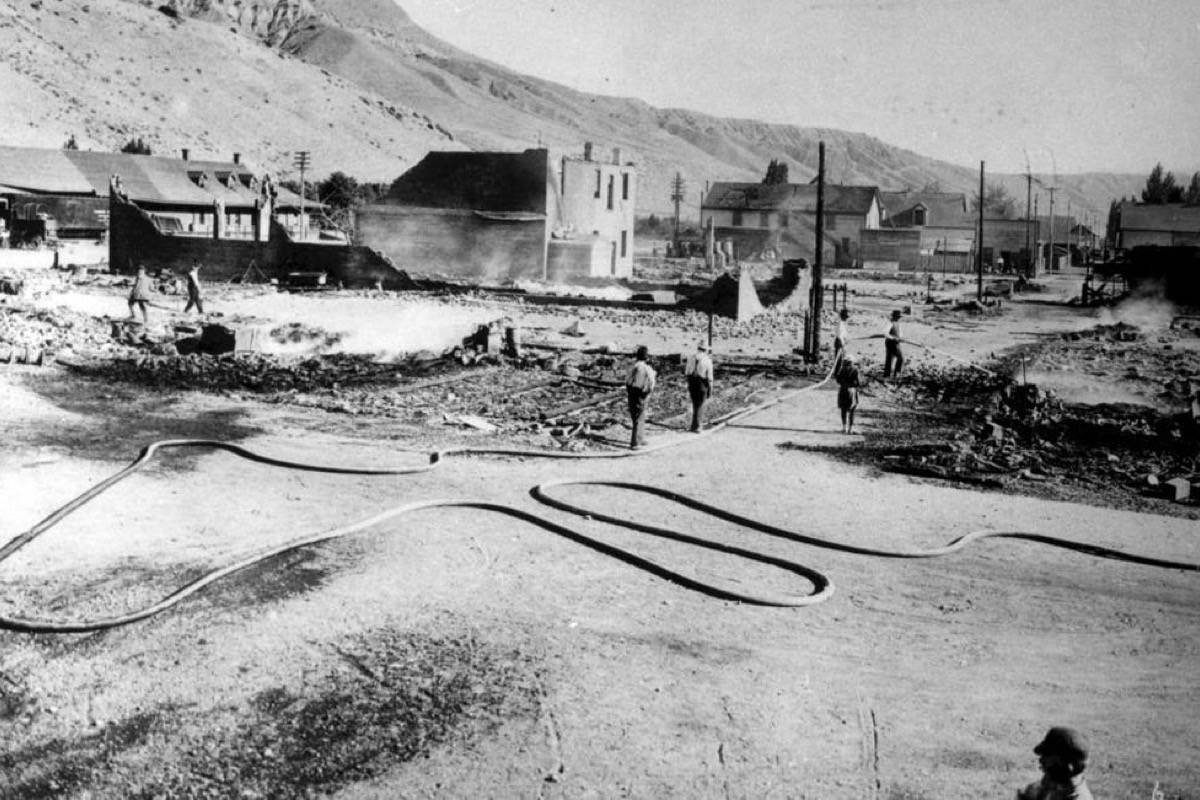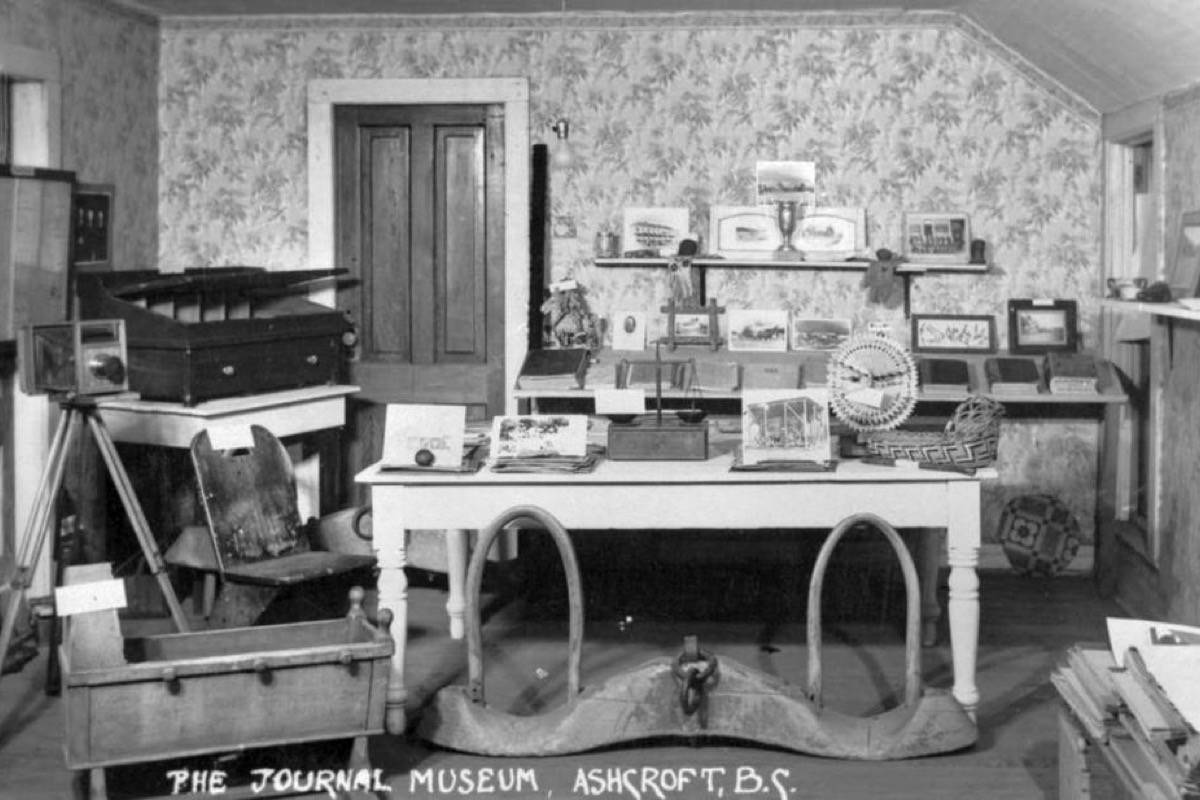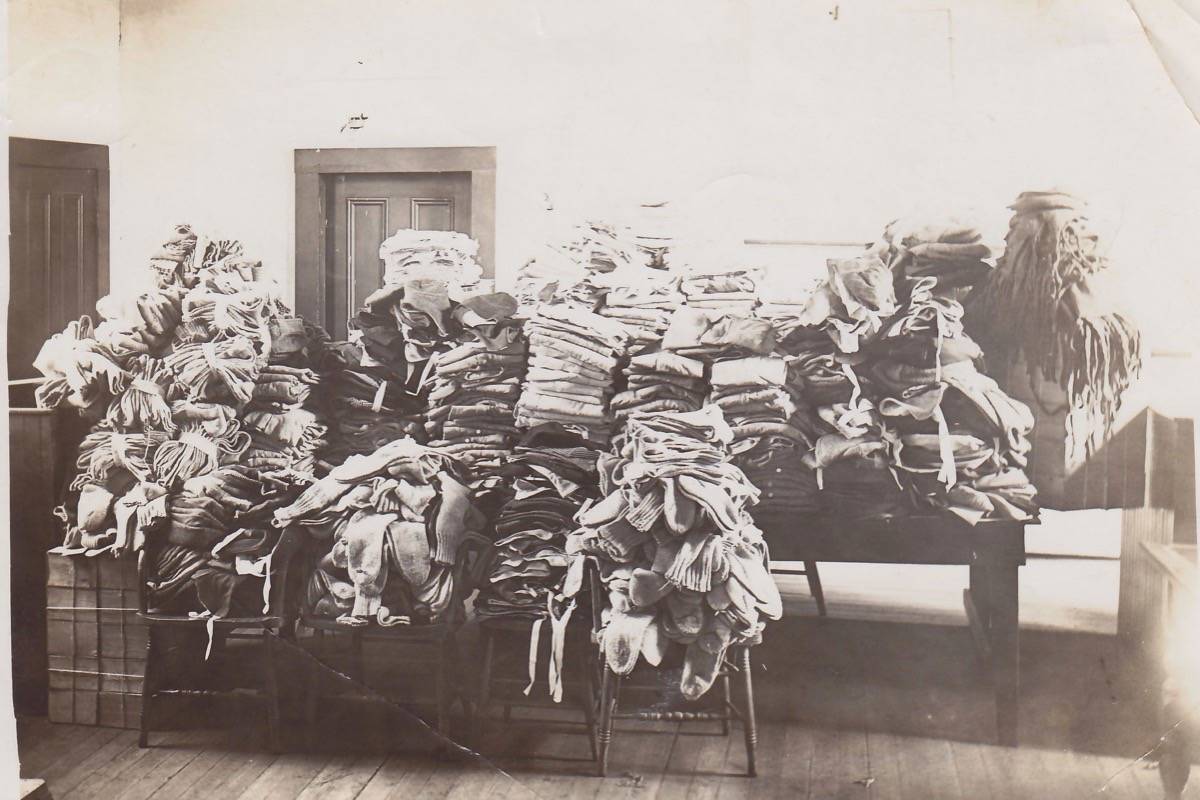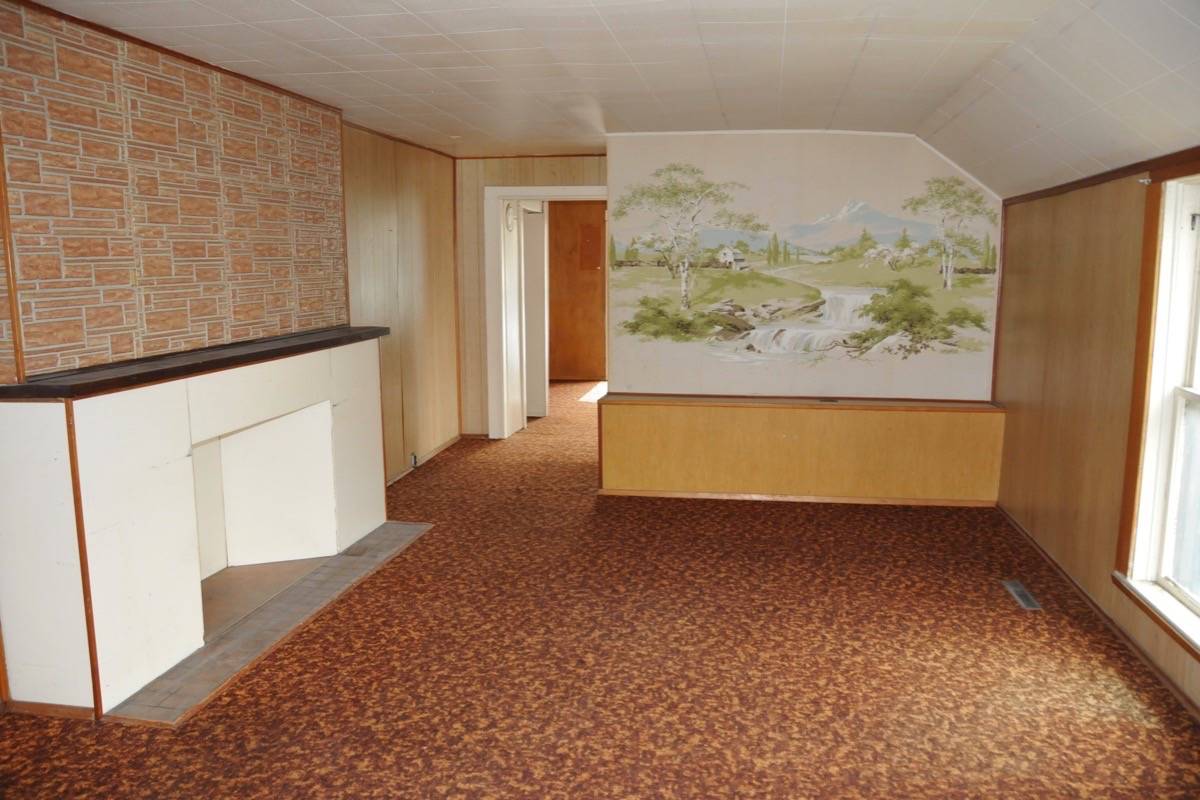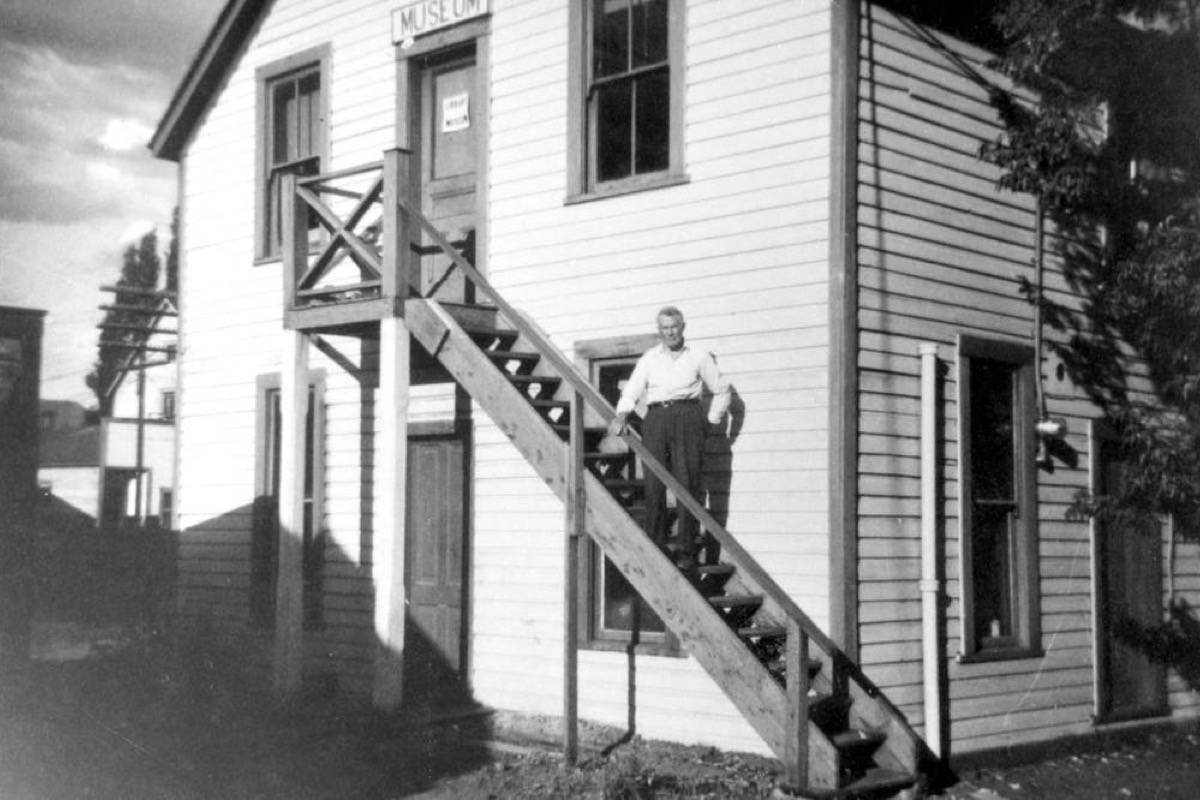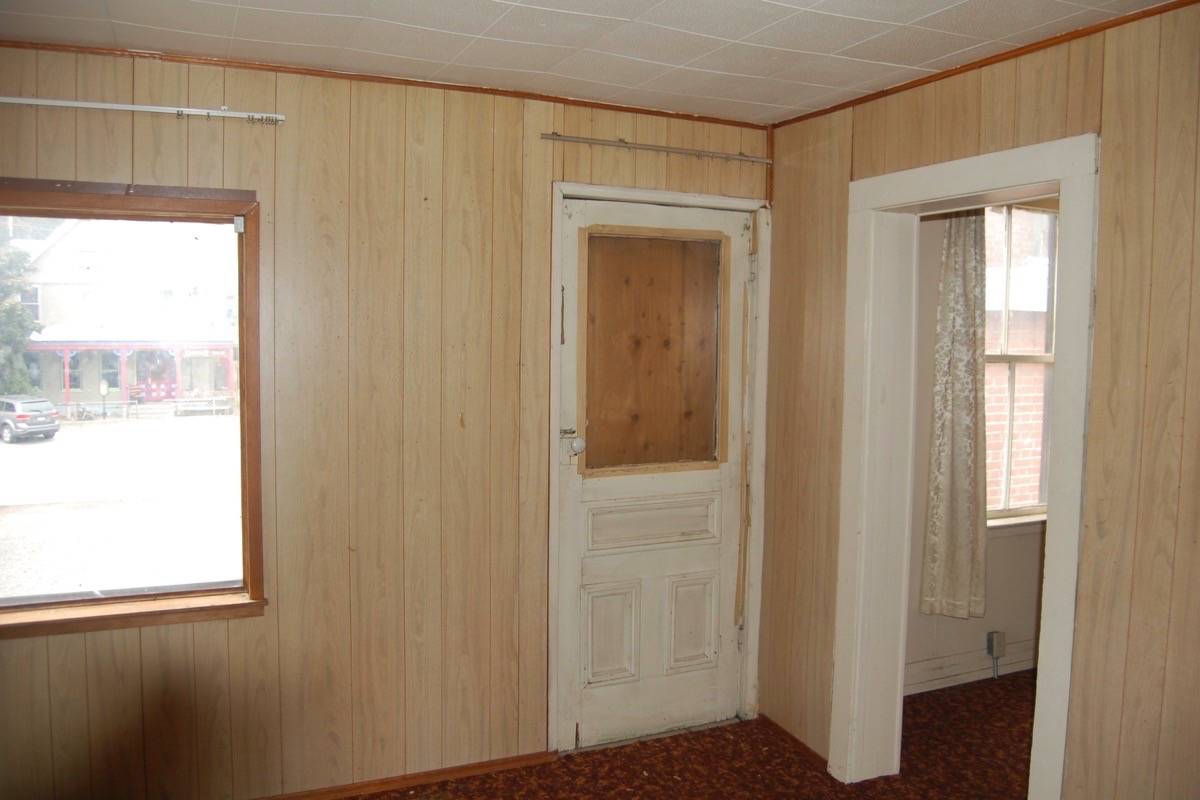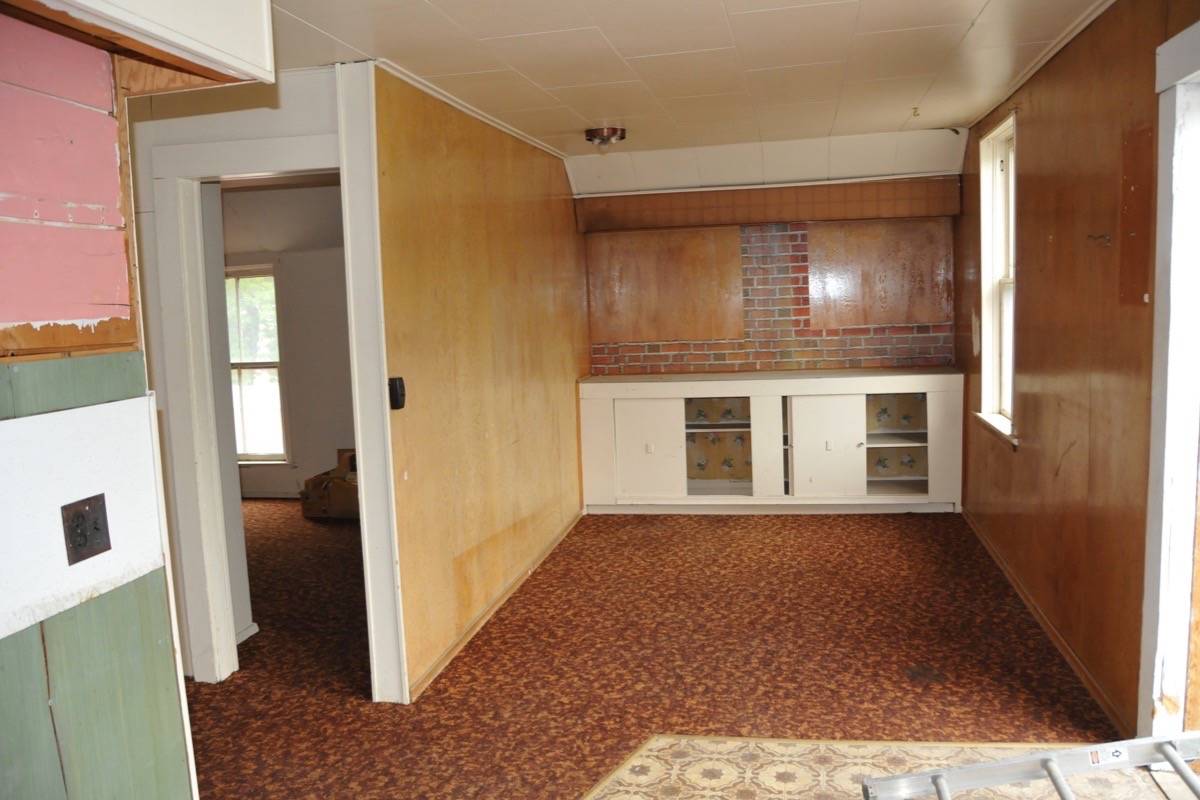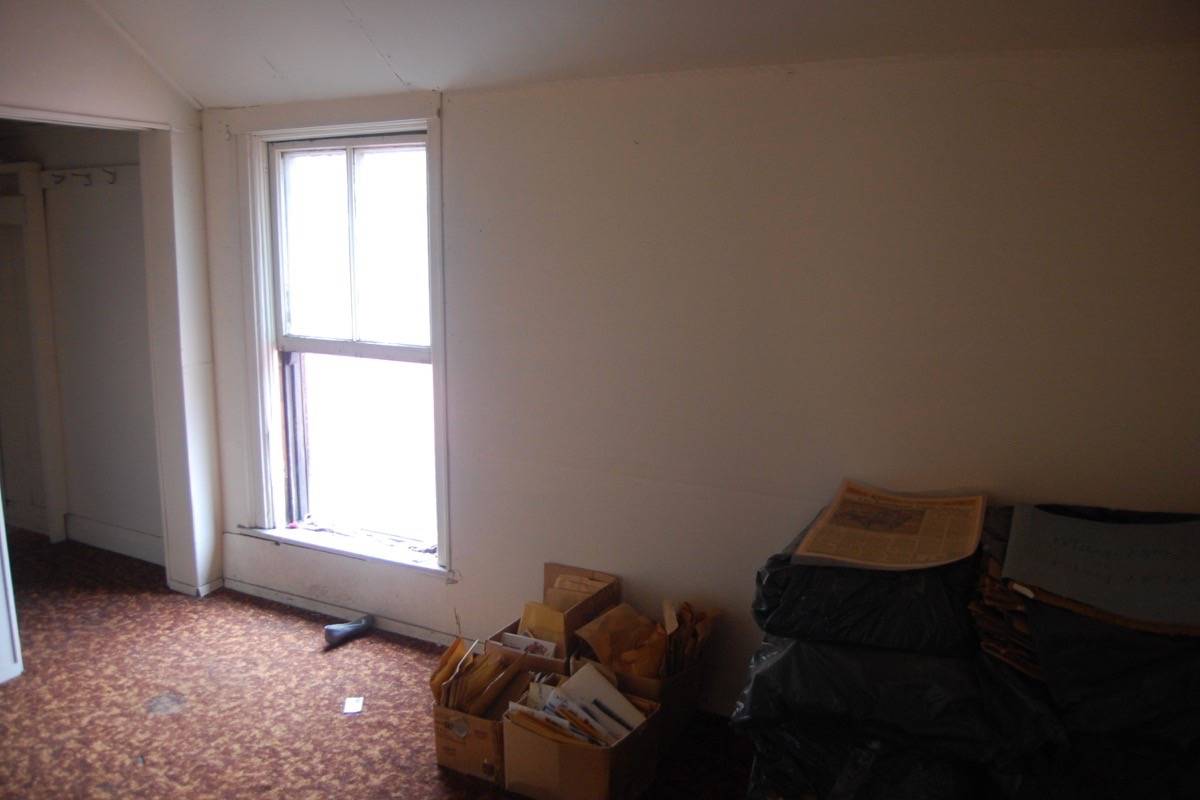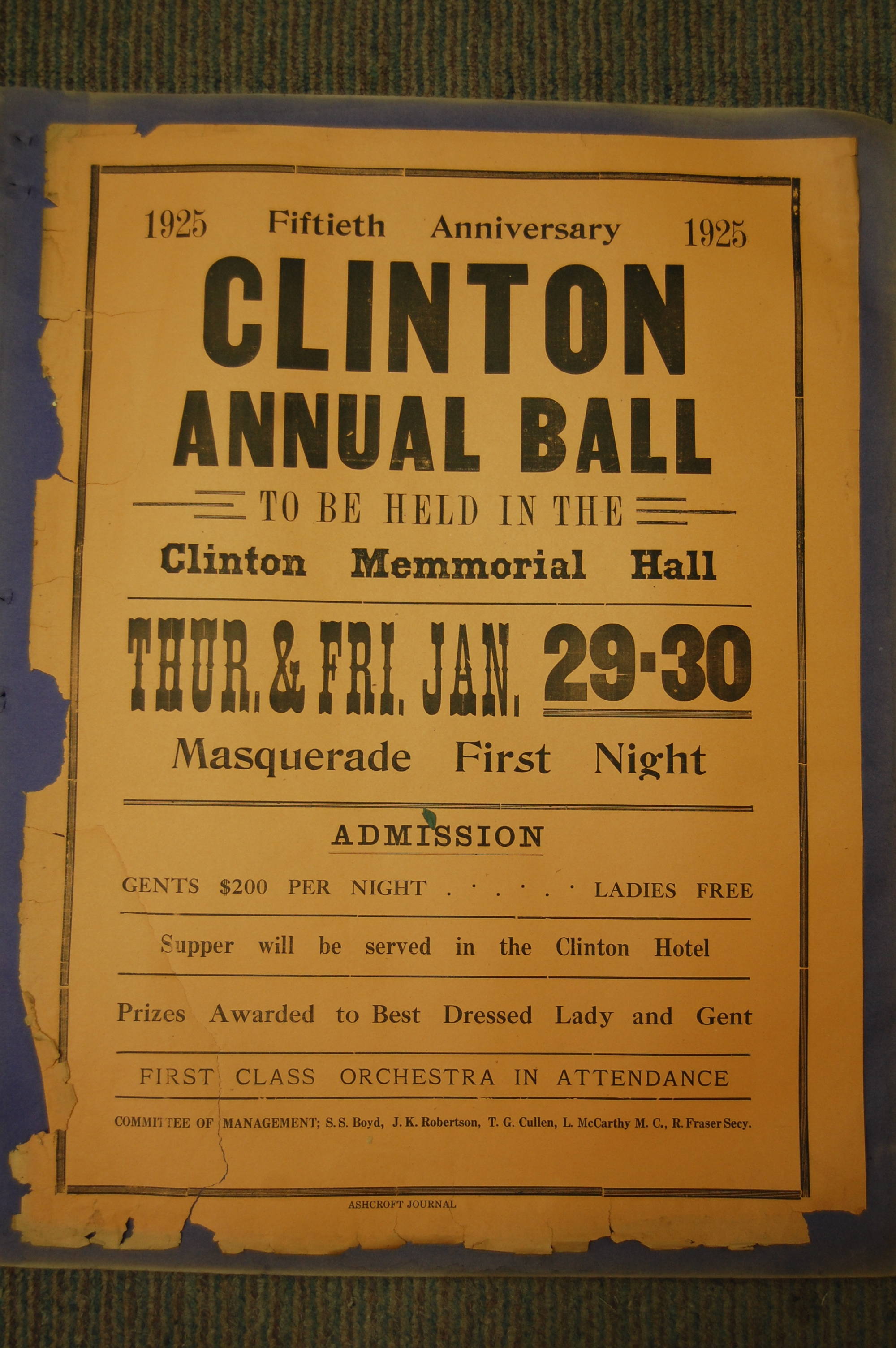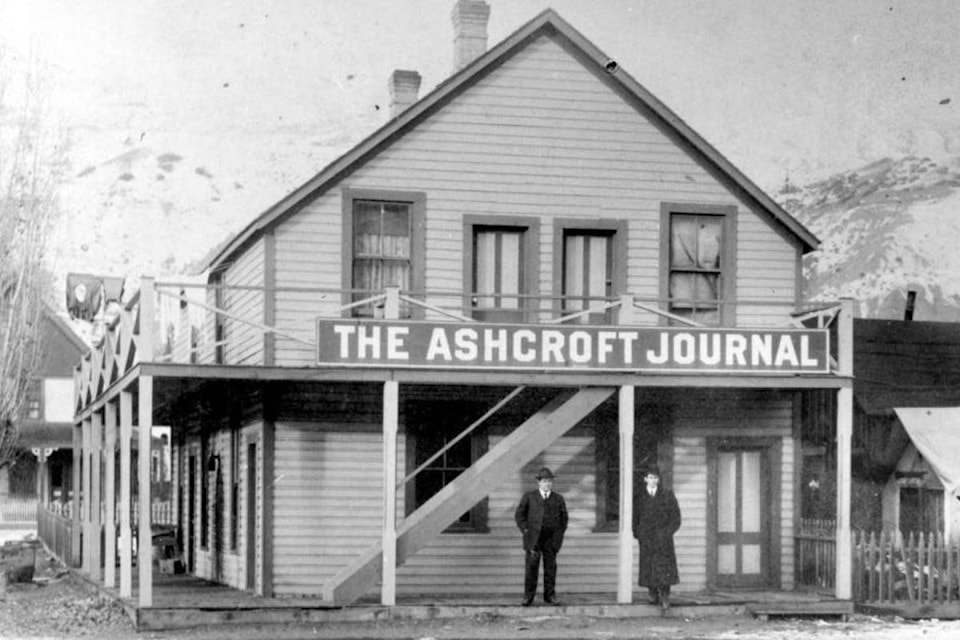Ashcroft has done a rather good job of trying to burn itself to the ground over the last century or so; wooden structures plus hot dry weather plus high winds will often produce that result. Yet the Journal building has managed to hang on for more than 120 years, one of the oldest structures in town, and almost certainly one of the oldest buildings in the province that still houses its original business.
These days the Journal is laid out electronically, but when the B.C. Mining Journal began publication in a shed on Railway Avenue in 1895 the paper was produced by hand. It was a laborious process, since before a page could be printed it needed to be “set” from trays of individual letters and symbols. These were called “sorts”, and printers had to ensure they had a good supply of them, otherwise they could run short, and thus be “out of sorts”; a phrase that lives on today to describe someone who feels unhappy, or not quite right.
When the B.C. Mining Journal began to run short on mining news to report it renamed itself the Ashcroft Journal and moved to a new, custom-built office on 4th Street; the building the paper occupies today. “The Mining Journal force are now pleasantly located in their new office,” stated the paper, not long after its move. “The rooms are commodious and well located. If anyone wishes to pay up their subscription we are easily found.” That annual subscription cost $2, and the paper’s office was across the street from the stables of the Ashcroft Hotel; the hotel itself occupied the spot where the post office now sits.
One oddity of the building is that while today the frontage and entrance are on 4th Street, its original front entrance was on what is now the east side of the building, facing the alleyway that runs parallel to Railway Avenue. Old pictures show that when the building was constructed, the area now occupied by the front yard had two wooden buildings in it, which extended almost to the front of the two-storey building (the single-storey addition that now runs along the front of the building was not added until the early 1970s).
Furthermore, the small dirt access road that runs behind the Journal building and the museum next door, and which ends at Brink Street, used to extend right through to Railway. As there was no access to the building on 4th, the side entrance off the road from Railway through to Brink became the de facto front of, and access to, the building.
The paper was printed in the building, and over the decades—as printing techniques changed—the building changed accordingly. A new cement floor and foundations had to be laid in 1956 to accommodate new presses. When “hot lead” switched to “paste-up”—that is, articles and headlines and ads were printed and then physically pasted on to the sheets comprising that week’s paper—the Journal office adapted; stains from the machine that was used to apply wax to the back of the printed pieces can still be seen in the rear of the Journal building.
The paste-up tables are still there too; inclined desks where the pages of the paper would have been placed, awaiting that week’s paste-up. Some of the printing equipment from the early days of the paper can be seen in the caboose which sits in the Heritage Park on Railway Avenue. However, it is many years since the back office of the newspaper housed printing equipment; the paper has been printed in Williams Lake and shippped down weekly by truck for four decades.
The most well-known editor of the Journal was R.D. Cumming, who took over the paper in 1912, and whose family controlled it until 1978. A picture of him sitting in his office, which is at the back corner of the original building and is no longer used, its doors and windows long since boarded up, shows him at his desk. While the desk has not survived, the heavy safe which sits behind him is still in the back of the Journal office, near where the paper was printed in days gone by.
Cumming was obviously a man who appreciated the importance of preserving the past, and by the mid-1930s he had accumulated a good deal of memorabilia about the town’s early days. In 1935 he used that collection to form the basis of the first Ashcroft Museum, which was on the second floor of the Journal building, and remained there until the early 1950s, when a new museum building opened on Railway Avenue (it now forms part of the fire hall). The current museum opened in the former public building beside the Journal in 1982.
The second storey of the Journal office was, at some point after the removal of Cumming’s memorabilia, turned into living quarters, then as now accessible only by an exterior staircase (there used to be one at each end of the building). The space contains a kitchen, dining-room, living-room, bathroom, and two bedrooms, and was last used in the 1990s, when former Journal editor Barry Tait used it as living quarters for part of the year.
In 2016, and again in 2018, access to the upper floor was gained, allowing the rooms to be seen for the first time in many years. On the first visit a number of large plastic bags and boxes were the only items still there, and on the second visit members of the Ashcroft Volunteer Fire Department brought them down, using the event as a ladder training exercise.
The boxes contained photographs and negatives used in the paper during the 1980s, while the bags contained back issues of the Journal going back to 1895, and encompassing almost every issue from the paper’s inception to 1978, wrapped in paper folders and sorted by year (May to April). The Journal office has bound volumes of the paper from 1978 on, meaning that 125 years’-worth of the paper is now easily accessible.
There were also bags of posters, most from the 1920s, that the Journal’s press—the only one in the region—printed for events in Ashcroft, Cache Creek, Clinton, Walhachin, Spences Bridge, Lytton, Lac La Hache, 100 Mile House, and other places throughout the Interior. They paint a vivid portrait of the social life of the area, from carnivals and balls to masquerades, moving pictures, sporting events, and political rallies.
The building survived the Great Fire of July 5, 1916, which started only a stone’s throw away in the Ashcroft Hotel. The prevailing winds, that hot July evening, were blowing to the north, away from the Journal building, which emerged unscathed; the next issue was printed as scheduled on July 8. The building continues to survive, a symbol of, and link to, the past of the town it has served for more than 120 years.
editorial@accjournal.ca
Like us on Facebook and follow us on Twitter
